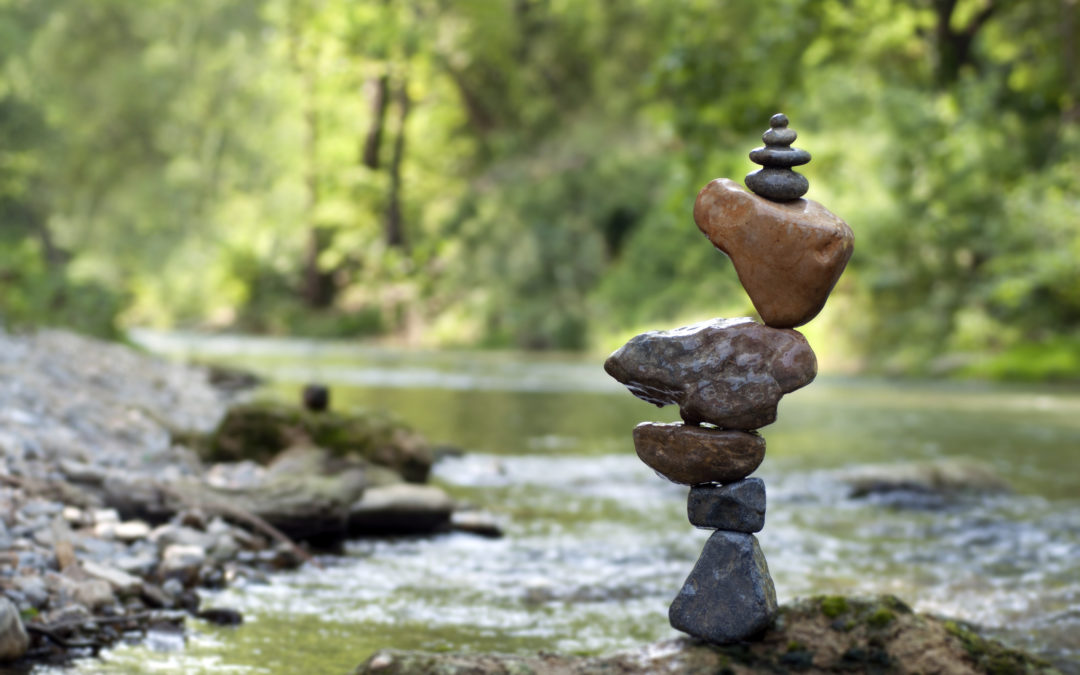Because of some email list I’m on, each week I receive a message about gratitude in my inbox. After reading through many of these musings, I decided to write a post about gratitude. At a time when many people are struggling with anxiety, a daily gratitude practice can be an impactful habit. Research has shown that “practicing” gratitude can decrease stress, improve mental health and lessen anxiety. But practicing gratitude can look very different from person to person. If I asked you what you were thankful for today, what comes to mind? Some may think of family members while for others, those same relationships elicit feelings of stress and tension. Some may call to mind the people with whom they share their home while for others, who live alone, their sources of gratitude may be beyond the walls of their residence. And this, really, is why incorporating gratitude into your day is a practice. At the start of a routine of contemplating what you’re grateful for you may question whether you can list something as insignificant as a cup of tea or as vast as the sunshine. Is it ok to list a small positive moment in time with a person who generally aggravates you and are you allowed to be thankful for leaving work (as oppose to being thankful for having a job)?
Technically speaking there are no rules when it comes to practicing gratitude. A positive thought is a positive thought. But, if bringing awareness to your thoughts is a new practice, you may struggle with the grey areas. Or you may notice your mind drifting to the most closely associated negative thought: “I’m grateful to go home at the end of the day because I hate my job.” This is part of the practice. Just like in meditation, the negative thought may appear. You can acknowledge that it’s there and then shift your attention to the positive thought: your gratitude for the home you’ve created, that you are happy to come home to.
Research into gratitude has found that this shift is partly what helps such a practice to counteract anxiety. By summoning a positive thought and by contemplating your related thanks, you are turning off the brain’s message of anxiety. Our neural networks tend to repeat thoughts; this is why we ruminate on worries or why nervousness and fear can increase during times of uncertainty.
Negative self-talk can also be lessened through gratitude. When applied to thoughts about ourself, we can cultivate more self-compassion and kindness towards ourselves. Some of us may be more prone to anxious or self-critical thoughts because of our upbringing, our genetics and/or our family of origin. Creating neural networks with positive messaging is not only helpful but can be critical in helping you to perceive the world and your life in a more optimistic light. Practicing these thought patterns on a daily basis can widen our gaze and help lesson the tunnel vision of anxious thinking. Remember that our thoughts are not necessarily “reality.” If you’ve experienced any kind of trauma in your past, your thoughts may be impacted by these events. So taking some moments to cultivate gratitude is a way to counteract the thinking that may “come naturally” but also may no longer serve you and may even be contributing to your feelings of anxiety.
So how does one begin a gratitude practice? It can be as simple as jotting down 3-5 things you are grateful for each day in a journal at the end of the day. Or it might involve sitting quietly, practicing some deep breathing and thinking through your daily moments of gratitude. For those who are attached to their phones, the good news is that a recent study found that a gratitude app was found to be effective at lessening anxiety. The app that was used in the study is not available to the general public but I’ve been trying out the app Morning as an alternative and it’s a good way to quickly jot down my thankful thoughts. There are probably a few more entries on this app than are necessary and I might suggest opting out of the last question (“what could I have done to make today even better?”) when starting out with a gratitude practice. The main idea is to jot down a few daily reminders that get you seeing the positive aspects to your day. Doing this in a way that makes it as easy or routine as possible (pen and paper, phone app or phone note) is the best way to go.

